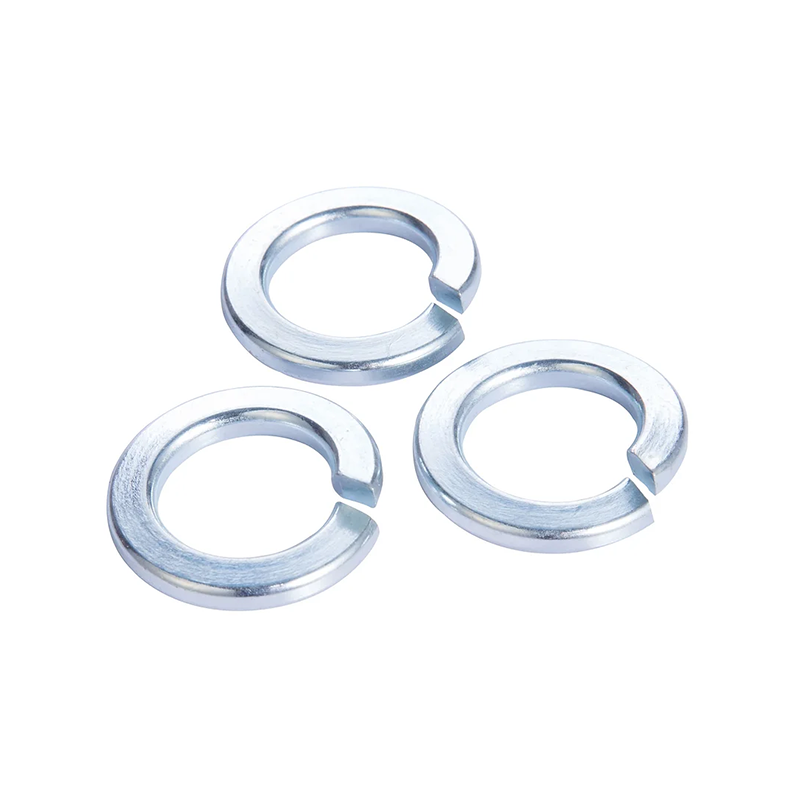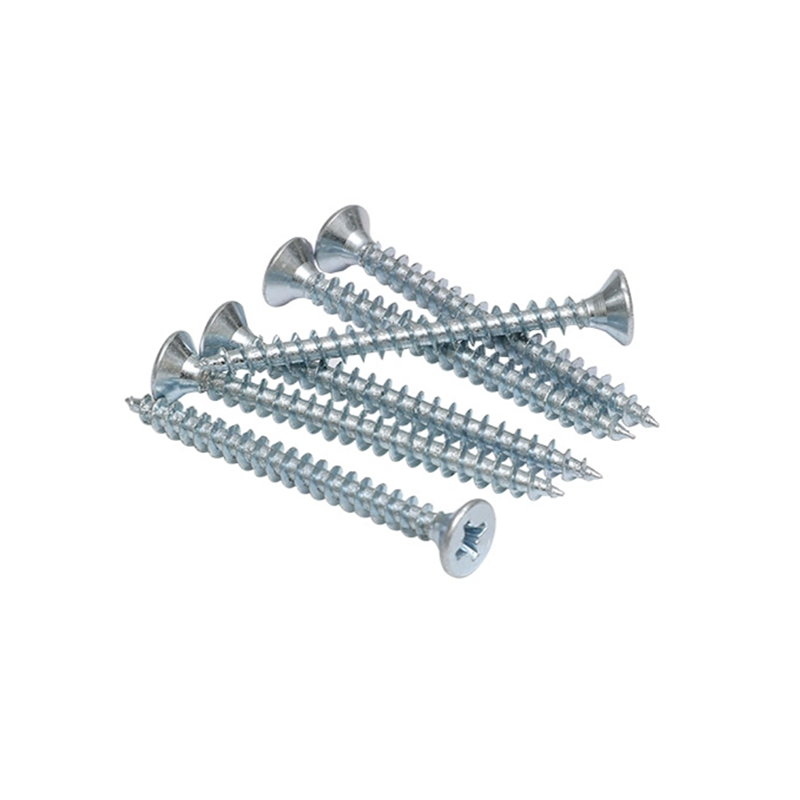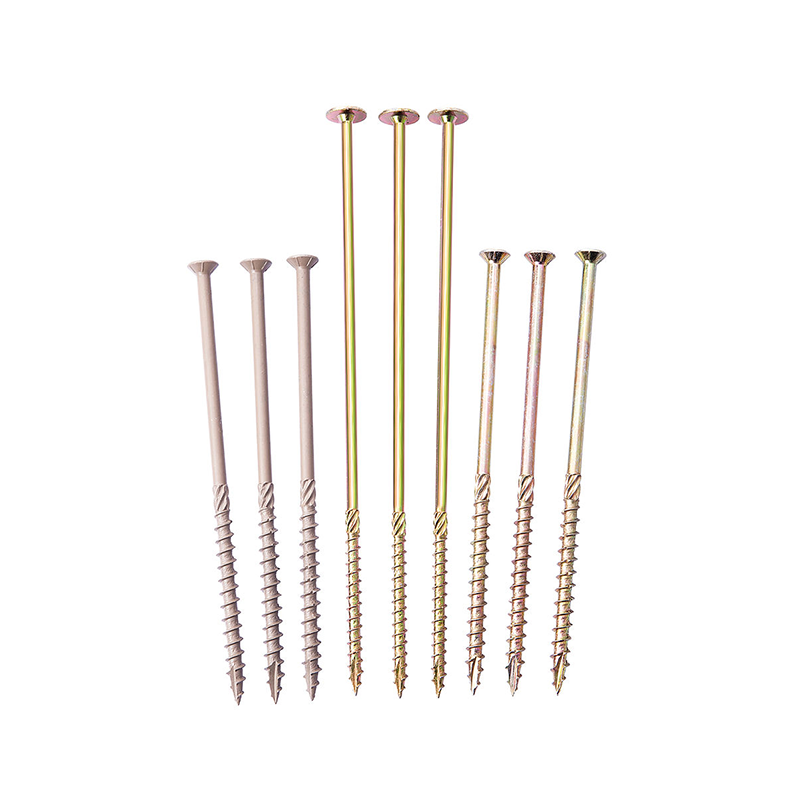Wire Screw Hooks Installation Guide: Easy for Newbies
 2025.09.29
2025.09.29
 Industry news
Industry news
1. What is Wire Screw Hooks?
1. Definition and Basic Features
Wire Screw Hooks, often referred to as “screw hooks” or “metal wire hooks,” are metal hooks with a threaded end. Their structure usually consists of two parts:
- Threaded section: Designed to screw into wood, drywall, or walls, ensuring the hook is firmly fixed.
- Hook section: Curved in shape, used for hanging items such as cables, tools, keys, or plant pots.
The main advantage of these hooks lies in their simplicity. They require only basic tools and can be installed quickly, even by beginners who have never handled hardware before.
2. Common Types and Uses
Depending on the application, Wire Screw Hooks come in various sizes and shapes:
- Small hooks: Suitable for hanging keys, jewelry, or light cables.
- Medium hooks: Useful for kitchen utensils, brushes, or hand tools.
- Large hooks: Designed for heavier items such as plant pots or bicycles.
By selecting the right size, these hooks can meet nearly all household and garage storage needs.
2. Tools Preparation
1. Tool Checklist Before Installation
Before installing Wire Screw Hooks, having the right tools prepared is essential. Here are the common ones:
- Wire Screw Hooks: Choose the appropriate size and number depending on the task.
- Electric drill/hand drill: For hard walls or when wall plugs are required.
- Screwdriver/pliers: Help twist the hook into place with less effort.
- Pencil: To mark drilling or screwing positions.
- Wall plugs (expansion anchors): Used in drywall or concrete for better grip.
- Measuring tape/level: Ensure accurate positioning and alignment.
2. Functions of Each Tool
- Drill: Quickly creates holes, reducing resistance when screwing in.
- Pliers: Provide additional grip to twist the hook more securely.
- Level: Keeps multiple hooks aligned evenly for a neat appearance.
3. Installation Steps
1. Choose the Location
The placement of the hook directly affects usability.
- In the kitchen: Install near the stove or under cabinets for hanging cookware.
- On balconies: Select sturdy walls, avoiding damp or weak spots.
- In garages or storage rooms: Be mindful of hidden wires or pipes to prevent hazards.
2. Drilling (Optional)
- Wooden walls/panels: Soft material allows the hook to be screwed in directly without drilling.
- Drywall/concrete: Pre-drill holes and insert wall plugs before screwing in the hook for added security.
3. Installing the Screw Hook
- Align the sharp end of the hook with the marked point, then screw it in clockwise.
- Start with hand tightening, then use pliers or a screwdriver inserted through the hook loop for better leverage.
4. Check Stability
After installation, always check stability:
- Pull gently by hand to test firmness.
- If it feels loose, reinforce with a larger wall plug or reinstall.
4. Tips and Precautions
1. Weight Capacity
Different sizes of Wire Screw Hooks support different loads. Here’s a quick reference table:
| Hook Size | Suitable for | Load Capacity |
|---|---|---|
| Small (2-3cm) | Keys, light cables, jewelry | 2-3kg |
| Medium (4-6cm) | Kitchen utensils, tools | 5-8kg |
| Large (8cm+) | Plant pots, bicycles, heavy items | 10kg+ |
2. Safety
- Avoid installing directly on hollow drywall, as hooks may come loose.
- For heavy items, always use wall plugs or reinforcement parts.
3. Appearance
- For multiple hooks, draw a reference line and use a level for alignment.
- Choose hooks with colors matching the wall for a cleaner look.
4. Rust Protection
- For outdoor use, choose galvanized or stainless-steel hooks.
- Regular iron hooks may rust in damp conditions, so inspect them periodically.
5. Common Applications
1. Household Organization
- Hang ladles, spoons, and pans in the kitchen for convenience.
- Hang flowerpots or wind chimes on balconies to save space and add decoration.
2. Garage and Storage
- Hang tools such as hammers and wrenches to keep things tidy.
- Use hooks to hang bicycles or sports equipment, freeing up floor space.
3. Office and Workshop
- Organize extension cords and cables to prevent tangling.
- Hang small storage bags for stationery or hardware parts.



 English
English русский
русский











 Products
Products Tel: 86-574-62101087
Tel: 86-574-62101087 E-mail:
E-mail:  Add: Xiaocao 'e Binhai Industrial Park, Yuyao, Zhejiang, China
Add: Xiaocao 'e Binhai Industrial Park, Yuyao, Zhejiang, China